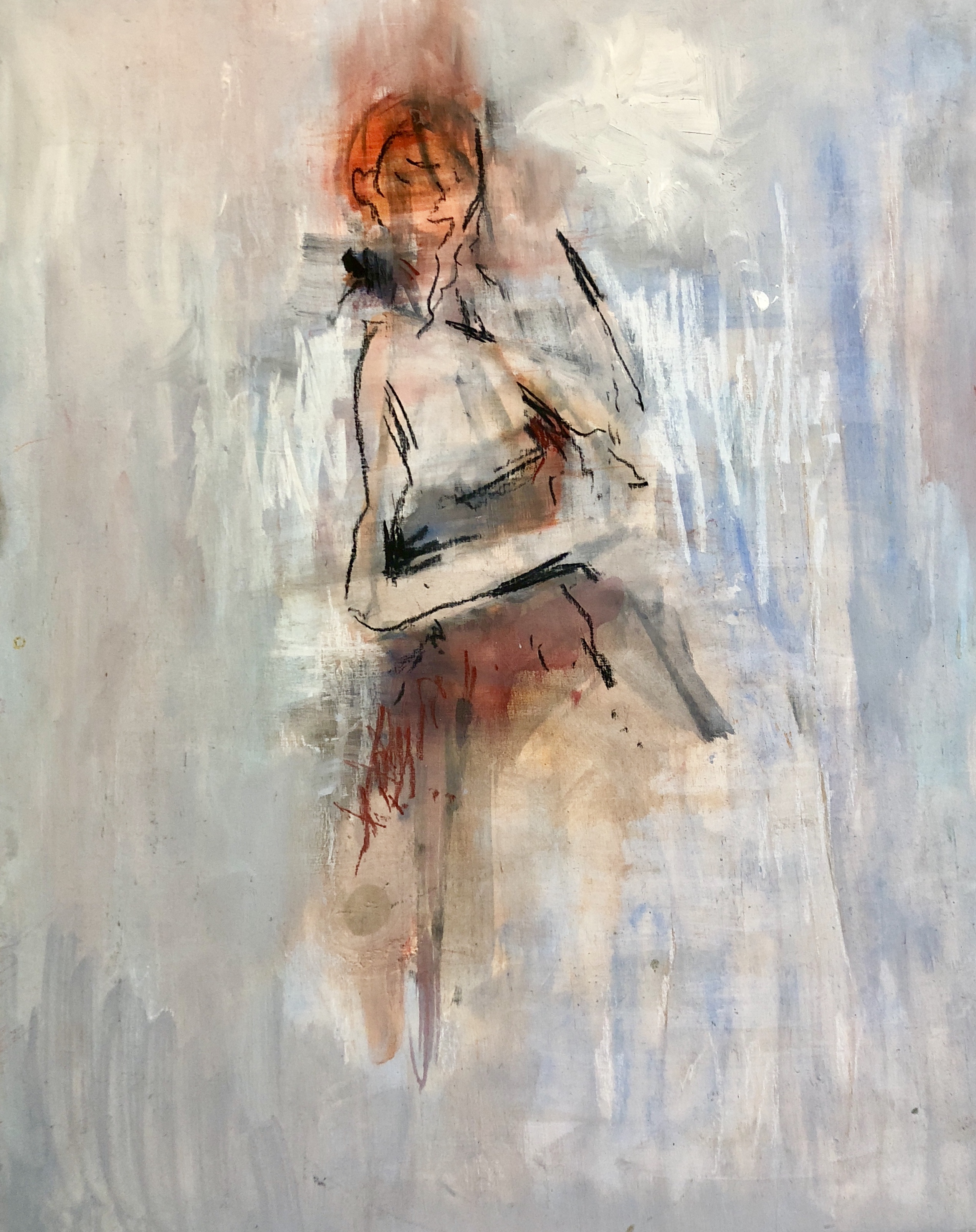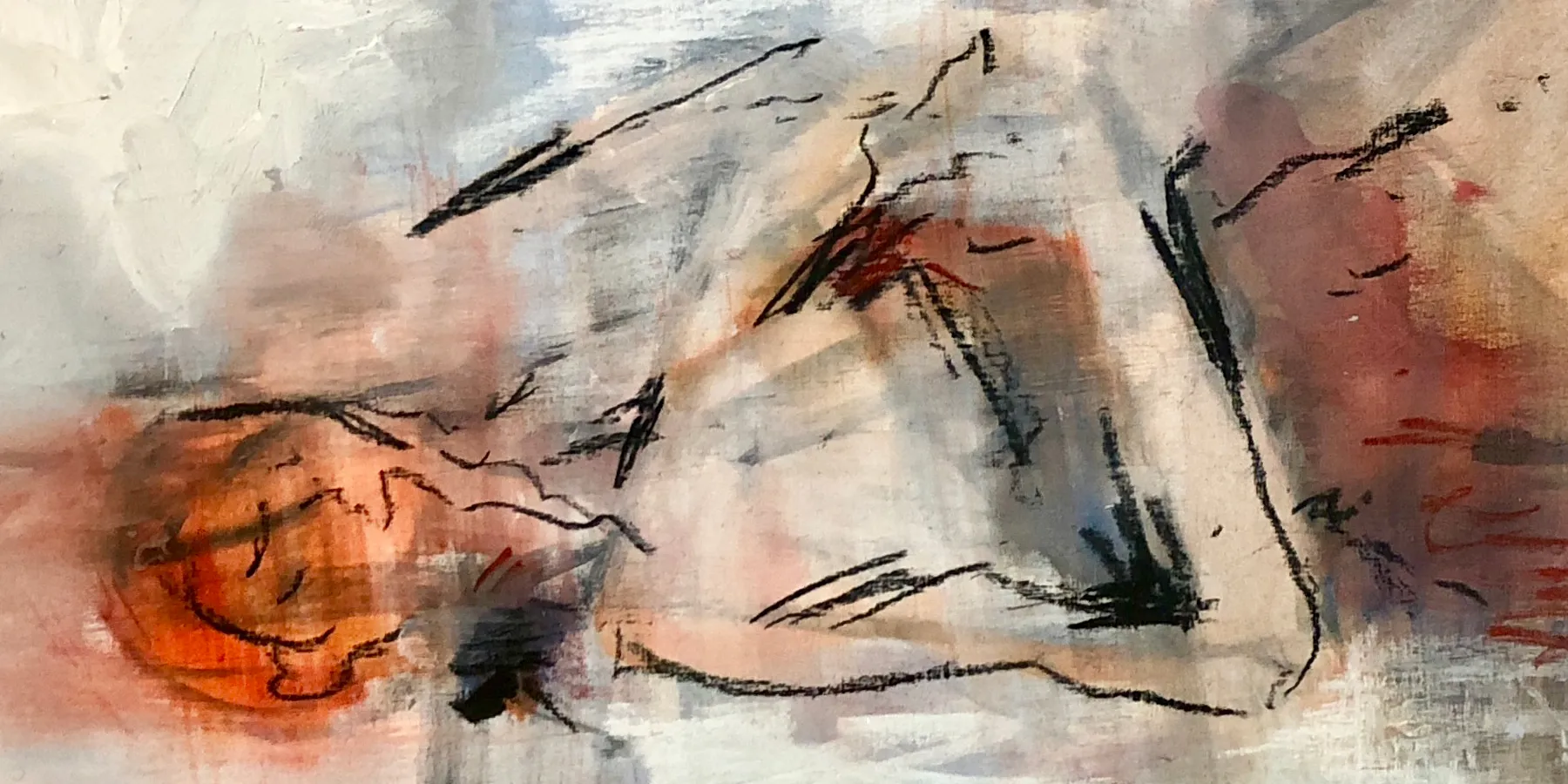Abstract
Pastel and oil paint on wood are used to investigate the importance and challenge of self-preservation during processes of medical training and professionalization. This image considers whether, why, and how self-sacrifice is necessary to become a good physician and investigates this set of themes from ethical and aesthetic perspectives.
Figure. Bleary Image

Media
Pastel and oil paint on wood.
This image responds to tradeoffs that I and other medical students have made in pursuing medical education. We mainly go into the field of medicine out of passion for serving others. We study for hours on end to positively influence our communities and the people within them. We hope to transform into individuals whom our patients would trust, love, and listen to. In the process of becoming that person for others, we sacrifice parts of ourselves and some things that make us happy. This is what we signed up for, right? Isn’t this what we’ve wanted all along? I find myself asking these questions perpetually. We want to be good physicians for others, and we tend to feel guilty for wanting to make ourselves happy, too. We strive for “balance”—something physicians and trainees have grown accustomed to hearing about and striving to realize.
In this painting, vibrant and serene colors depict a sense of peace and internal joy that can come with being a physician. The abstract figure that is not clearly outlined represents a blearing of professional and personal identities. That figure—encompassed in a whirl of strong, warm red colors against a background stroked with a duller version of such colors—depicts me toning down certain aspects of my personality and life to be the best physician I can be. The painting suggests that I am the happiest I can be and grateful for being allowed to help people through medicine. Yet this painting also represents recurring internal conflict about how to establish personal and professional identities in ways that achieve balance.




